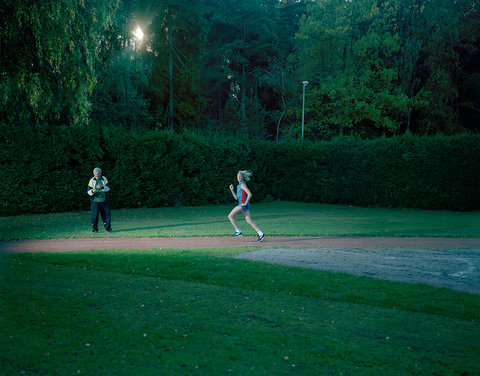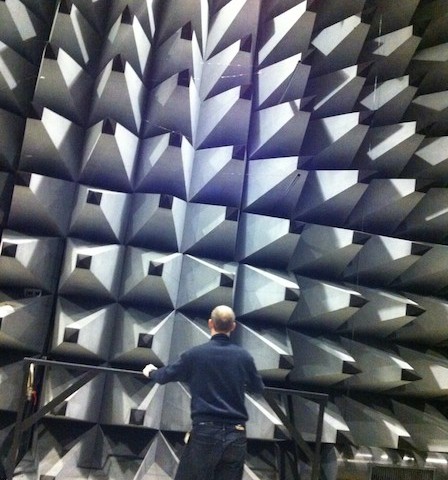Wearable tech brings awareness
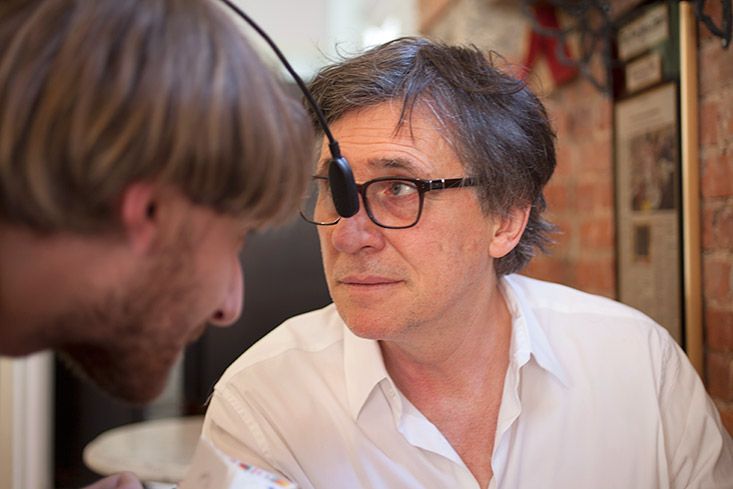
Being more aware of one’s behaviors has been commonly cited as one of the top reasons for wearing technological devices and for lifelogging. As Paul Boag puts it, “What excites me is taking control of my own life. We often go through life in a stupor and one thing to the next but this makes me aware of myself”. And it’s not just self-awareness that wearable tech brings to the table. Neil Harbisson, a Catalan artist, musician and self-professed cyborg, also makes use of an eye device to make sense of what happens around him. As seen in the picture above, Neil wears the “eyeborg” to convert light into audible sound that varies according to the color of the light. He has been wearing this “eyeborg” for nine years and was initially motivated by a condition that he has, known as achromatopsia, which is a rare congenital condition where his eyes’ cone cells do not pick up color. Check out Neil’s TedTalk or sound portraits here!
Read more: Logging our lives with wearable tech and Encounters with the Posthuman
Spreading awareness for the quantified self movement
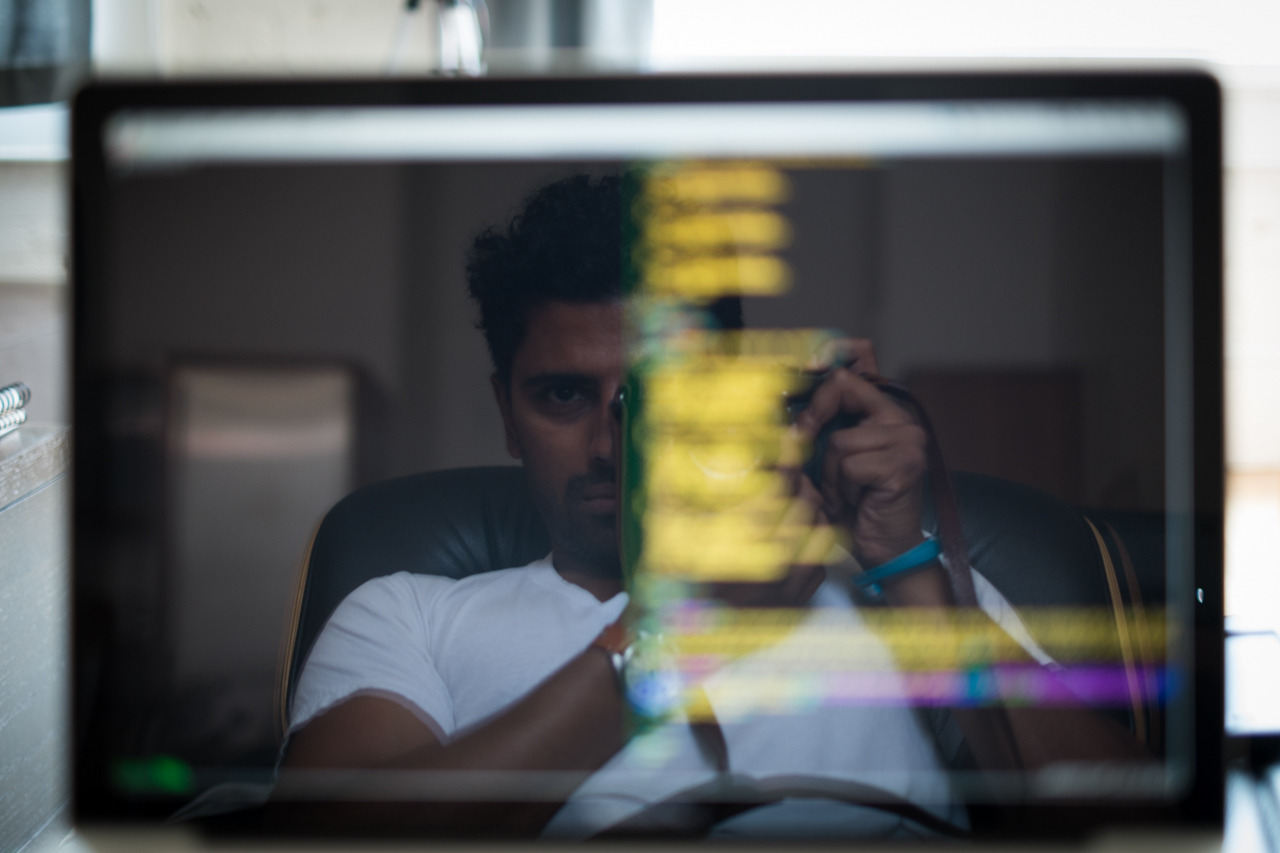
With the availability of various quantified self devices such as the Nike Fuelband, Jawbone UP, Autographer and of course Google Glass, we see an increasing number of people enrolling themselves into the quantified self movement. Here’s one person taking it just one step further. Mr. Naveen Selvadurai, one of Foursquare’s co-founders, is putting his quantified self data out there so that other people can discover interesting ways to use it. He currently puts his personal API online to expose his sleeping habits, weight, steps, fuel/activity and check-ins and will aim to add to the list as he thinks of them. Maybe this 23andMe test kit, which allows you to take a closer quantified look at your genome might interest him?
Read more: Foursquare co-founder Naveen Selvadurai wants you to hack his personal API and A personal API and The Quantified Self: Exploring your genome with 23andMe
Quantified self in the Internet of Things
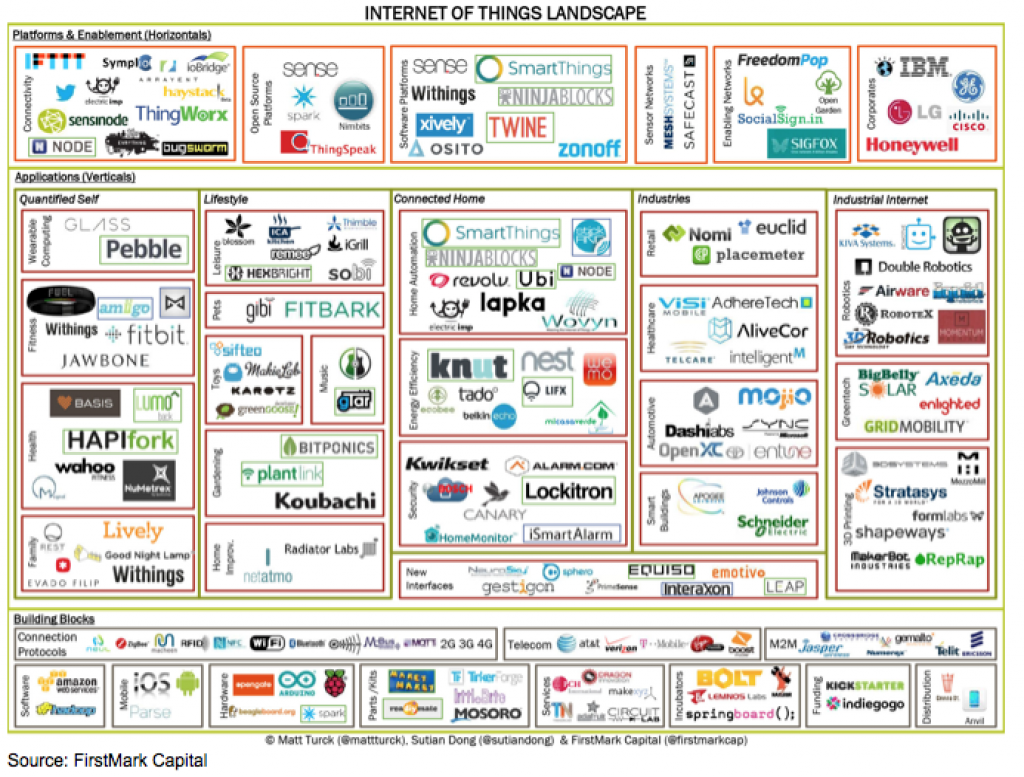
And since we’re talking about how people begin to make their quantified self reports available online for others to hack into, let’s take a retrospective look at how this fits into the popular term “Internet of Things”. Although, the Internet of Things is evident in a wide range of applications such as the connected home and in various industries, what really caused this to go viral was the dawn of the quantified self movement. When asked, experts have given a unanimous yes in response to whether it is now time for the Internet of Things. Some have even argued that the Internet of Things will be formed on the basis of the quantified self data that we gather through sensors and transmitters that are worn on our bodies. What will the Internet of Things really look like? Only time will tell.
Read more: Why We Keep Hearing About “Internet of Things” and Putting Human Bodies Into the ‘Internet of Things’
Memory matters

The latest research has found that women can remember faces better than men because they subconsciously spend more time studying one’s facial features. In other words, women’s eyes are fixated on a new face for a longer time than men. But rest assured, not all hope is lost for men because scientists have also suggested that the results of this study potentially means that changing our eye movement pattern may lead to better memory. And if this wasn’t true, how about we all make a conscious effort to reconstruct the memories we have like Johan Willner did? We know that we can always put our trust in the many photos we have, in order to evoke the memories that might be forgotten in future, right?
Read more: Never Forget a Face? Researchers Find Women Have Better Memory Recall Than Men and A Reconstruction of Memory
If you enjoyed this post, please follow us on twitter and facebook! PS – Have you pre-ordered your Memoto Lifelogging Camera yet?
